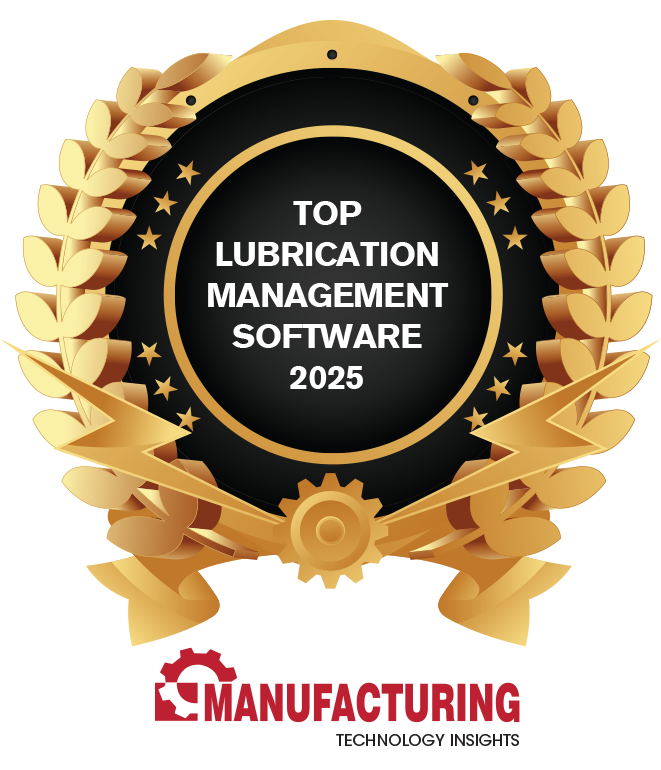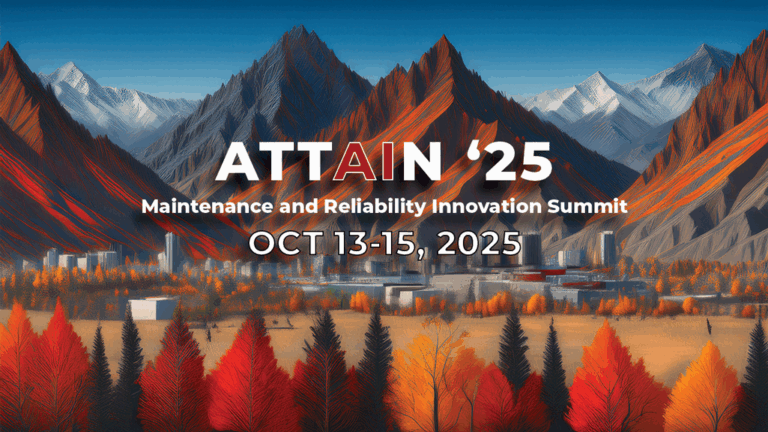Between the danger of workplace accidents and the high-dollar value of tools, machinery, equipment, and other assets, a single claim could make your insurance premium skyrocket. The only solution is to take preventive measures by cultivating a culture of insurance loss control.
What is Insurance Loss Control?
First, what exactly does that mean? Insurance loss control is a risk management practice that you can use to decrease the probability of an insurance claim. It involves two main steps: Identifying potential risks and creating a plan of action to reduce the risk. The objective is to reduce the chances of an accident, property damage, safety hazards, or any other risk that may lead to an insurance claim. This is an essential practice to keep insurance costs low as well as create a safer workplace.
While you often hear about safety culture, a loss control culture can work hand-in-hand with your safety practices. In fact, insurance loss control inspections are common practice for many insurance companies. Also known as a risk control inspection, your insurance company can send someone to inspect your workplace for hazards and analyze your current risk management practices. Alternatively, loss control culture is simply taking matters into your own hands. It’s a proactive way to assess and handle risk before anything can happen.
How to Create Your Own Loss Control Practice
If you want to reap the benefits of insurance loss control, it’s important to have a risk management system in place. Long-term, this can make a critical contribution to your insurance premium. You can even check with your insurance company to see if they provide any discounts or bonus incentives for companies who actively work at being risk-averse. But, how do you create your own loss control practice?
These are the key steps:
1. Inspect your facility for potential hazards.
This is essential to the process as you have to think through all the potential hazards. Not just what could lead to a safety incident or accident, but what could result in property damage, a workplace injury, and more. Some of the areas you can inspect include, but are not limited to:
- Training Practices
- Hiring Practices
- Driver Selection for Company Vehicles
- Fleet Safety, Maintenance, and Inspections
- Other Equipment and Asset Maintenance and Inspections
- General Facility Safety
- Drug Testing Policies
- Safety Programs
- Return-to-Work Programs
- Quality Control
- Fire Protection
2. Put systems and safeguards in place.
Software will be your biggest supporter in organizing and maintaining your insurance loss control actions. For assets, it may be creating a plan for thorough inspections, preventive maintenance, and better recordkeeping. For operations, it may be ensuring that every customer signs an ironclad terms and conditions agreement for your services. If you’d like to see how Redlist’s modules support your insurance loss control, read more in this blog post.
3. Regularly review and revise.
You may add new assets, open a new location, or change some part of your production process. So, to stay on top of all the potential hazards, you must review and revise regularly. This is also a great time to check that your systems and safeguards are effective for the hazards you’ve already identified.

Good for Business, Even Better for Employees
Insurance loss control is an excellent practice for every business. It can apply to everything from major preventive measures like installing a security system for theft prevention to smaller measures like ensuring you optimize your preventive maintenance plan. This practice is essential when adding new equipment or changing a process. For example, if a manufacturing plant added new equipment but didn’t inspect for potential hazards, they may learn the hard way that their employees were too close to the moving parts. A culture of insurance loss control identifies that hazard and creates a plan to mitigate it before it turns into an insurance claim. The benefit isn’t just fewer claims and a lower premium. You will create a safer workplace, improve productivity, streamline your customer experience, and have better-maintained assets.


